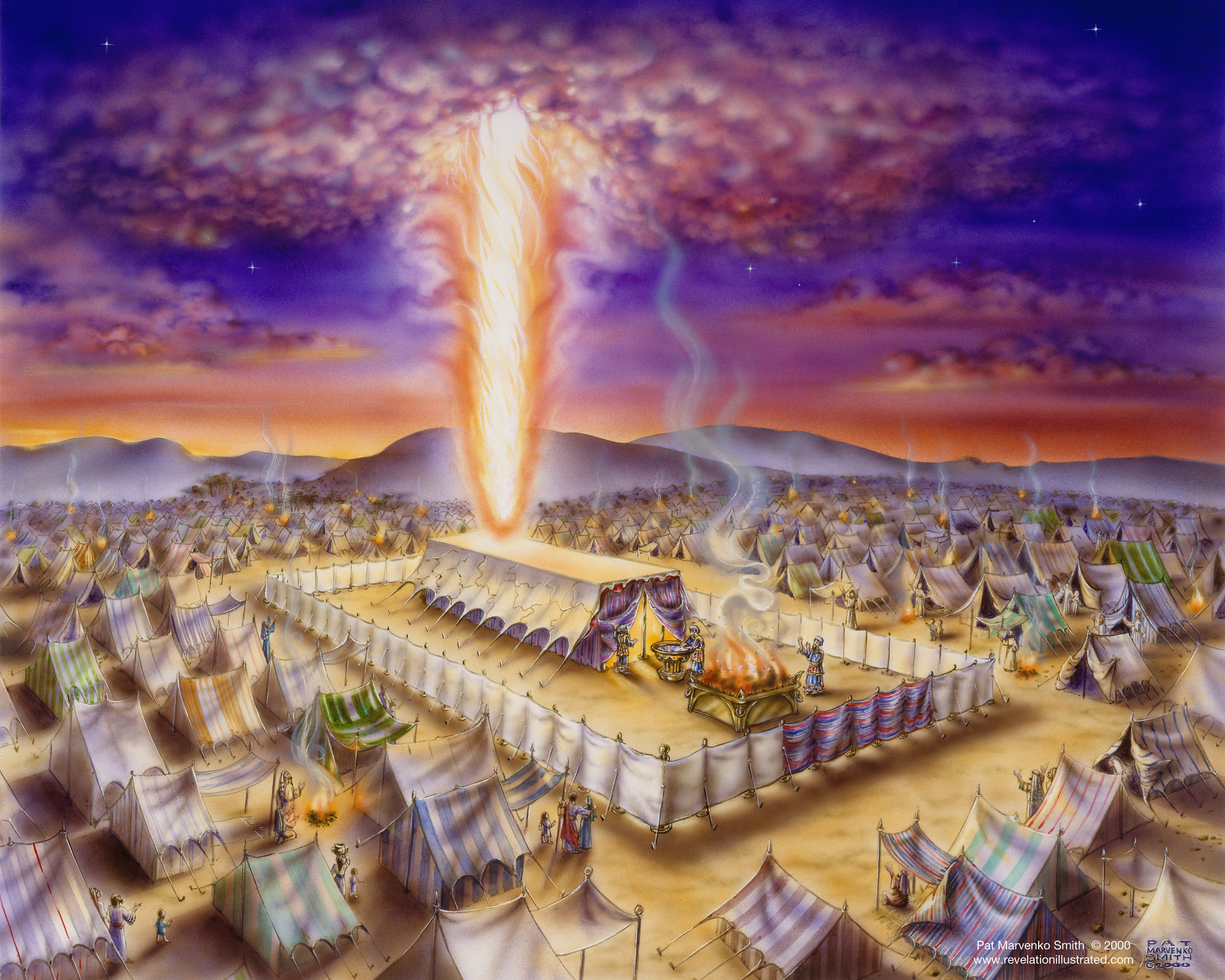Romans 15:4, Patience and comfort of the Scriptures. Just before this passage, Paul enjoins the spiritually strong to follow the example of Yeshua to support those who are spiritually weak (Rom 15:1–3). This can be especially trying when they are of one’s own physical or spiritual household — they are always present and there is no escape from them. Patience or perseverance in such cases is required and is a spiritual test that those who are strong must pass. It may take years or decades to pass this test if one has, for example, a spiritually weak marriage partner or other family member with which one has constant interaction.
In this verse, Paul offers advice on how to cope with this situation.
First, those who would seek the higher ground of spiritual maturity must learn patience, which can become a great jewel in one’s spiritual crown. Patience or longsuffering is perhaps the chief attribute of love (1 Cor 13:4), which is a fruit of the Spirit—doesn’t come easily, but only through the fiery refinement process of hardships brought on by people constantly rubbing us the wrong way. In this passage (Rom 13:4), Paul appeals to the example of Yeshua who endured much and mastered patience as he was reproached for sinners’ (that’s you and me) sake. If we want to strive for the high mark of being like him, we should endeavor to follow his example.
Second, in dealing with weak people, Paul encourages us to find comfort in the Scriptures (Rom 15:4). By immersing ourselves in the Word of Elohim and letting it renew and transform our thinking through the work of the Set-Apart Spirit in our hearts, we can endure the reproaches of weak and difficult people. The Scriptures are a world of their own—a refuge and island of peace in the midst of the roiling seas of adversity, and a firm rock to stand on in the billowing waves of life’s troubles.
May the hope of becoming more like Yeshua and conforming ourselves to the wise instructions of the Scriptures and examples of righteous people found therein give us hope to persevere through our difficulties and come out the other side more conformed to the image of Yeshua who is the epitome of loving patience toward us.
















